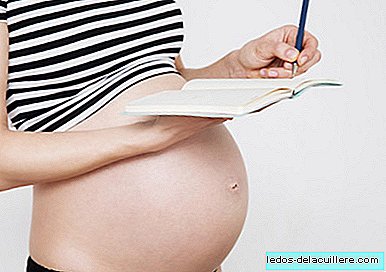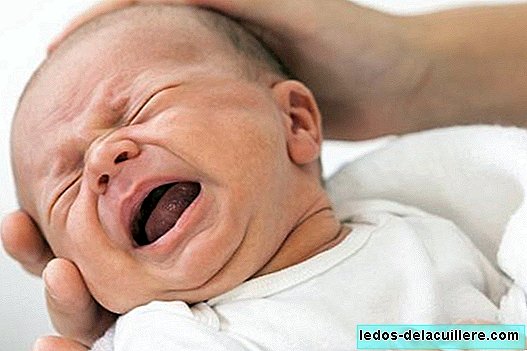
Globally, the number of boys born slightly exceeds the number of girls. For every 106 boys, 100 girls are born. But if we focus on the places on the planet where they are born, Latitude seems to have a decisive influence on the sex of babies.
An interesting study by researchers at the University of Georgia who have analyzed the births of babies in 202 capitals of the world from northern Europe to Equatorial Africa, reveals the distribution of sexes in different latitudes of the planet.
They have found that more girls are born in the tropics than boys. In the regions closest to the equator the number of male babies is lower compared to that of temperate and subarctic. Respectively, 51.1% of men compared to 51.3% of women. That is, more children are born in temperate and cold places and more girls in warm places.
Some versions indicate that melatonin could be related to this variation. It is a hormone found in all living beings whose concentrations depend on the diurnal-nocturnal cycle.
The researchers also claim that male fetuses are more susceptible than female ones to environmental factors such as wars, when more girls are born than boys.
The study also took into account other parameters of analysis such as the average temperature of each place, the duration of the day, the socioeconomic level, the economic status of each country and even the index of political instability. With all this, they have concluded that latitude and related climatic variables are the ones that influence the birth of more girls or boys.

In the image above you can see the map that indicates in blue the highest concentration of children's birth and in red and yellow stripes where a greater number of girls are born.












